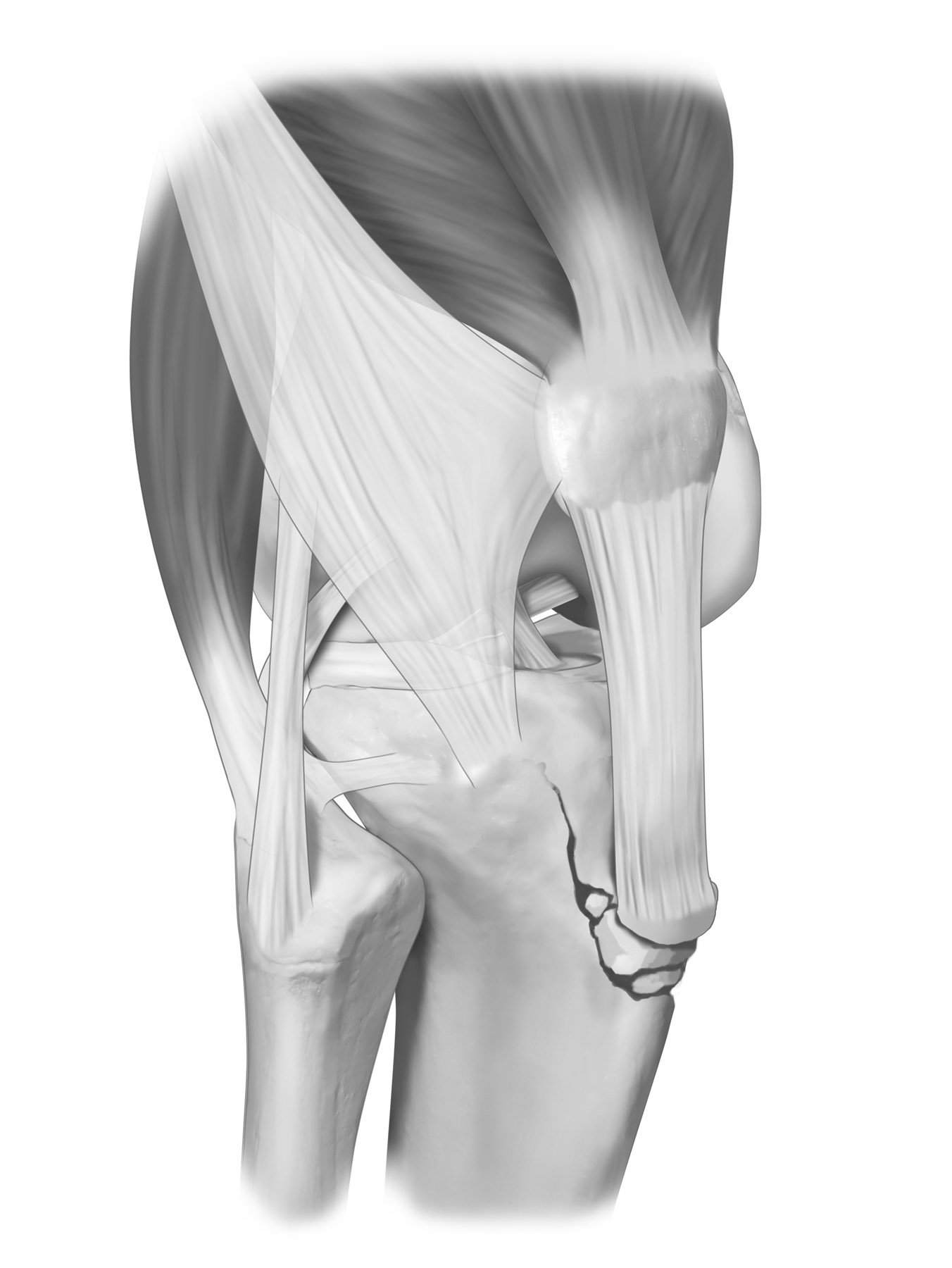Osgood-Schlatter Disease
What is it?
Osgood-Schlatter disease is an overuse disease that occurs in young adolescents during their growth spurt. It causes a large and painful bump along with swelling on the shinbone.
How does it get hurt/damaged?
The tendon that goes from the kneecap down to the shinbone is called the patellar tendon. At its attachment site in patients with open growth plates, a normal bump of bone has an open growth plate associated with it. Normally, it is not prominent; this is called apophysis. When a patient is growing rapidly, the hamstring may be very tight and stress the front part of the knee. This may result in the patient having to put extra stress on the knee to straighten it out, and overcome the tight hamstrings. This may cause the growth plate to start to be pulled apart microscopically. Over time, this can result in the growth plate have an extra large bump of bone, which is a typical feature of Osgood-Schlatter disease.
Most young adolescents who present with Osgood-Schlatter disease are usually doing something that is overloading the joint. These diagnosis are generally based on clinical diagnosis and not an x-ray diagnosis, based on symptoms of pain to palpation over the tibial tubercle, and with other activities.
How common is a Osgood-Schlatter disease?
Osgood-Schlatter disease is mainly found in adolescents and studies have shown that around 9.8% of adolescents between the age of 12-15 will experience it.
What is the severity of the injury and the treatment options?
Osgood-Schlatter disease is a caused by overuse, but the after-effects can be very painful. Generally, the best thing for patients to do is see their primary care provider to develop the appropriate treatment and follow up plan. The most common treatment plan almost always includes rest, activity modification, icing the painful area, and physical therapy.
What is my recovery timeline and the anticipated outcome?
Once the growth plates stop growing, in the mid-teenage years, the symptoms of Osgood-Schlatter disease usually go away. In some patients, a piece of bone has been pulled off with the extra tension on the growth plate, so there may be some symptoms that continue into adult years.

